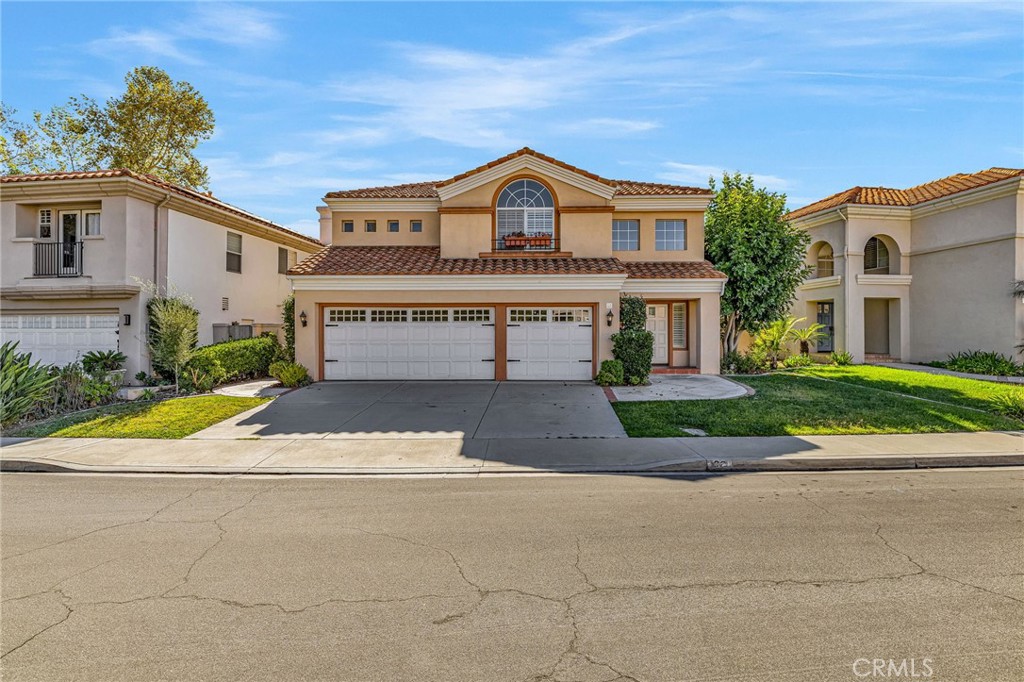INTRODUCTION
The CREM Group specializes in court-supervised residential and commercial real estate sales. We are often asked about 1031 exchanges because they come up in conversations among institutional real estate investors as well as families and individuals investing in real estate as part of their portfolios.
Savvy real estate investors at any level can benefit from the provisions of the 1031 exchange, which is intended to fortify the expanding U.S. real estate industry with an expected value of US$119.80tn in 2024 (that’s 119.80 trillion dollars) according to Statista.com, with the Residential Real Estate market representing $94.39tn of the total. The same source projects a CAGR 2024-2028 of 4.51%, bringing the value of the total U.S. real estate market to US$142.90tn by 2028.
But how do 1031 exchanges relate to the probate and trust niche? To answer that, we will
- Define the 1031 exchange.
- Talk about who can use it and its benefits, and
- Discuss how (and if) a 1031 exchange can be utilized in the probate and trust context.
WHAT IS A 1031 EXCHANGE?
A 1031 exchange is also known as a like-kind exchange. It is a provision in the United States Tax Code that allows real estate investors to defer their capital gains taxes when they sell a property if they reinvest the proceeds into another like-kind property. (An example would be an apartment building for an apartment building, but only if they are both in the U.S.) The term "1031 exchange" comes from Section 1031 of the Internal Revenue Code.
WHO CAN USE A 1031 EXCHANGE?
The 1031 Exchange can be used by people involved in buying and selling real estate for investment purposes when they are intent on achieving capital gains tax deferral after selling their property. By not paying taxes immediately (deferring the taxes), investors can use the profits from a sale to reinvest in more real estate. The idea behind the 1031 exchange is to reward both mega-mogul real estate companies and ground-level folks when buying and selling residential properties used for business (like rental homes) and commercial real estate properties (like warehouses, shopping malls, and undeveloped land).
THE BENEFITS OF THE 1031 EXCHANGE ARE THAT THEY
- Stimulate activity in the multitrillion-dollar real estate industry.
- Let investors of all sizes preserve their equity through the tax deferral element.
- Send signals to investors that they are a valuable part of the entire commercial and residential industry that supports the U.S. economy and our way of life.
WHEN ARE 1031s NOT A GOOD IDEA?
The idea of a 1031 Exchange, especially the part about deferring taxes, invites many people into an area where they need more clarification on the rules and regulations. Here’s when it’s not a good idea:
- Using a 1031 exchange for your primary residence. This section of the IRC is intended for business and investment properties.
- Ignoring the 1031 exchange timelines can negate the 1031 exchange protection. A November 2023 Forbes article lists these rules: You have 45 days from your property’s sale date to identify properties you’d like to purchase with the proceeds. Then, you have 180 days from the date you sold your initial property to complete the purchase of properties you identified above.
- Failing to sell properties without a subsequent 1031 exchange triggers a tax event, and the deferred taxes become due. It’s best to consult with experts in real estate and taxes, such as The CREM Group and their colleagues.
SHOULD YOU USE A 1031 EXCHANGE IN THE TRUST AND PROBATE CONTEXT?
While the strategy is sound for standard (non-probate and trust) investment properties, 1031 exchanges are not typically useful in probate or trust situations.
A 1031 exchange is a tax strategy that allows a property owner to defer capital gains taxes when selling an investment property and purchasing a like-kind property.
On the other hand, when you inherit property (which occurred during probate or trust admin), you receive a stepped-up basis, meaning the property's value is adjusted to its fair market value at the time of the previous owner's death, not the original purchase price. This significantly reduces or even eliminates capital gains taxes when you sell the inherited property.
Since the inherited property’s basis is stepped up to the market value at the time of inheritance, there is little or no taxable gain to defer, making a 1031 exchange unnecessary for inherited property.
CONCLUSION
While the 1031 exchange is not applicable in the probate and trust context, it is an excellent tool for real estate investors to use to their advantage. Section 1031 of the Internal Revenue Code is intended to encourage corporate and individual real estate investors who contribute to the U.S. economy’s stability and growth.
Ten thirty-one exchanges promote investment by making it possible to plow the earnings from a sale into the next property by deferring capital gains taxes. It’s a brilliant law, and having tax, legal, and real estate counsel in your back pocket assures you that you follow it correctly as you build your exciting real estate investment portfolio.
The CREM Group can advise you on 1031s and many other aspects of real estate. We specialize in both commercial and residential probate and trust real estate in Southern California.
It’s our business.
Disclaimer: This information only introduces the intricate 1031 exchange topic. Please refer to the many U.S. Government websites relating to 1031 exchanges and make sure you work with attorneys, tax professionals, and real estate agents with experience.



